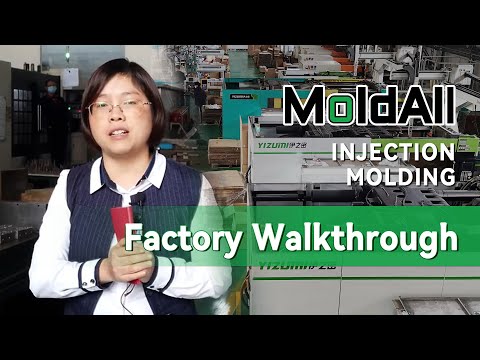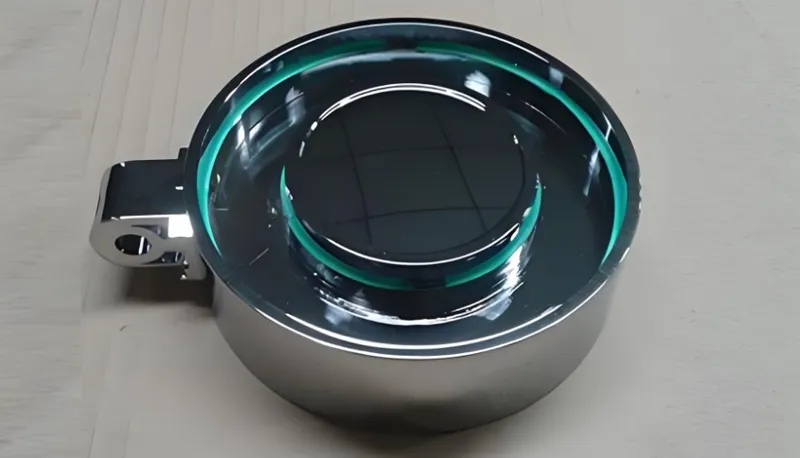
Plating injection molded parts is a fascinating process that marries the lightweight versatility of plastic with the durability and shine of metal. By coating plastic components with a thin metal layer—think chrome, nickel, or gold—manufacturers can create parts that look premium, resist wear, and even conduct electricity, all while keeping costs and weight in check. This technique shines in industries like automotive, electronics, and consumer goods, where both form and function matter.
Plating injection molded parts1 applies a metal layer to plastic, enhancing aesthetics, durability, and functionality for applications in automotive, electronics, and consumer goods.
In this blog post, we’ll walk you through what plating injection molded parts entails, the steps to do it right, the best materials to use, and where these parts make an impact. We’ll also compare plating to other finishing methods and tackle common challenges, offering practical tips along the way. Whether you’re a designer, engineer, or manufacturer, this guide will help you decide if plating is the right move for your next project.
Plating injection molded parts is a simple process.False
While the results are impressive, plating requires careful preparation and expertise to ensure the metal sticks to the plastic properly.
Plating can make plastic parts more durable.True
The metal layer boosts wear resistance and shields plastic from things like UV light and chemicals.
- 1. What Is Plating on Injection Molded Parts?
- 2. What Are the Steps to Successfully Plate Injection Molded Parts?
- 3. What Materials Are Best for Plating Injection Molded Parts?
- 4. What Are the Applications of Plated Injection Molded Parts?
- 5. How Does Plating Compare to Other Finishing Techniques?
- 6. What Are the Challenges and Solutions in Plating?
- 7. Conclusion
What Is Plating on Injection Molded Parts?
Plating injection molded parts means adding a thin metal coating to plastic components to amp up their look, strength, or usefulness. It’s a go-to method for industries needing lightweight parts with a metallic edge.
Plating on injection molded parts coats plastic with metal to improve appearance, durability, and functionality, widely used in automotive, electronics, and consumer products.
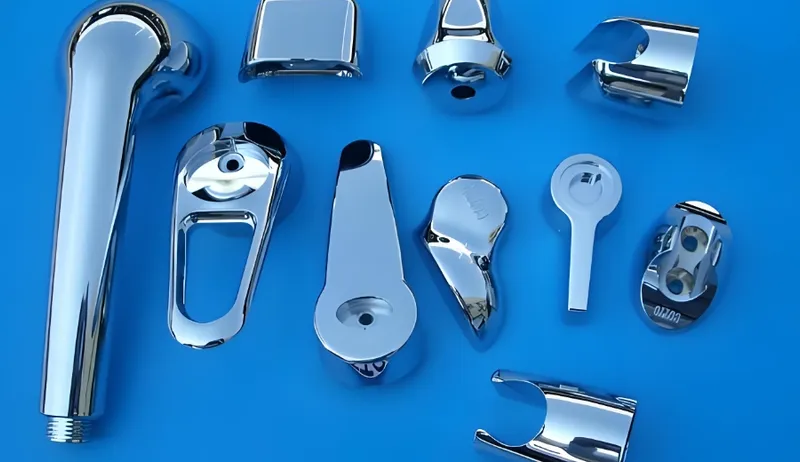
Since plastic doesn’t conduct electricity naturally, the process starts by prepping the surface—cleaning it, etching it, and adding a conductive layer—before electroplating2 the metal on top. The result? A part that blends plastic’s moldability and low weight with metal’s toughness and conductivity.
-
Why It Matters: You get complex shapes that are light yet durable, with a sleek metallic finish.
-
How It Works: The plastic surface is made ready to hold metal, then coated using electric currents in a metal-ion bath.
Any plastic can be plated easily.False
Not all plastics plate the same—some, like ABS, take to it naturally, while others need extra steps.
What Are the Steps to Successfully Plate Injection Molded Parts?
Plating isn’t a one-and-done deal—it’s a multi-step process that demands precision. Each step builds on the last to ensure the metal bonds well and looks great.

The steps to plate injection molded parts include cleaning, surface prep, adding a conductive layer3, electroplating, and post-treatment, delivering a durable, high-quality metal finish.
Here’s how it breaks down:
| Step | What Happens |
|---|---|
| Cleaning | Wipe away oils and dirt with solvents or cleaners tailored to the plastic. |
| Surface Prep | Rough up the surface with sanding or chemical etching so metal sticks better. |
| Conductive Layer | Add a base layer (often via electroless plating) to make the plastic conductive. |
| Electroplating | Dip the part in a metal-ion solution and use electricity to deposit the metal. |
| Post-Treatment | Clean off residue and polish or coat for extra shine or protection. |
1. Cleaning the Part
Start with a spotless surface. Oils or grease can ruin adhesion, so use solvents or cleaners matched to your plastic type.
2. Surface Preparation
Plastic needs a grip for metal to hold on. Sanding or chemical etching creates tiny pores or texture, setting the stage for a solid bond.
3. Applying a Conductive Layer
Plastic doesn’t conduct electricity, so a thin metal layer (like copper or nickel) is added first—often through electroless plating, which doesn’t need current.
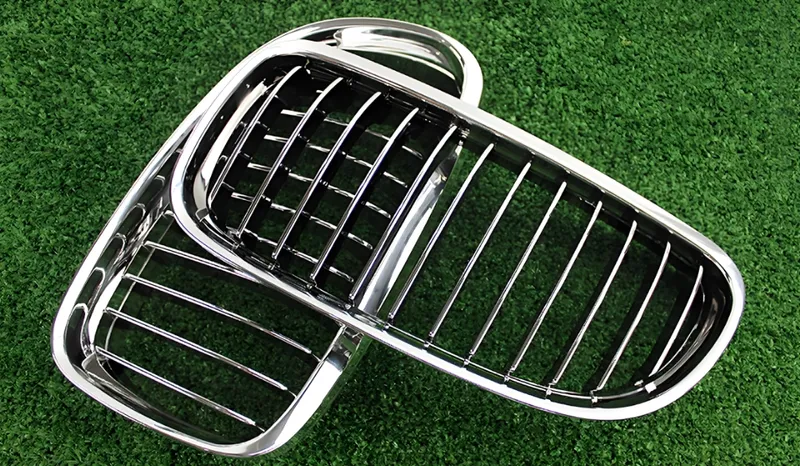
4. Electroplating
Now the fun part: submerge the part in a bath of metal ions (chrome, nickel, etc.), apply an electric current, and watch the metal coat build up evenly.
5. Post-Treatment
Finish by cleaning off any leftovers from the bath. Add polish or a protective layer if you want extra dazzle or durability.
Surface prep is the make-or-break step.True
Good prep means the metal stays put—skip it, and you’ll see peeling or flaking.
What Materials Are Best for Plating Injection Molded Parts?
Not all plastics play nice with plating. The right choice ensures the metal sticks and the finish lasts.
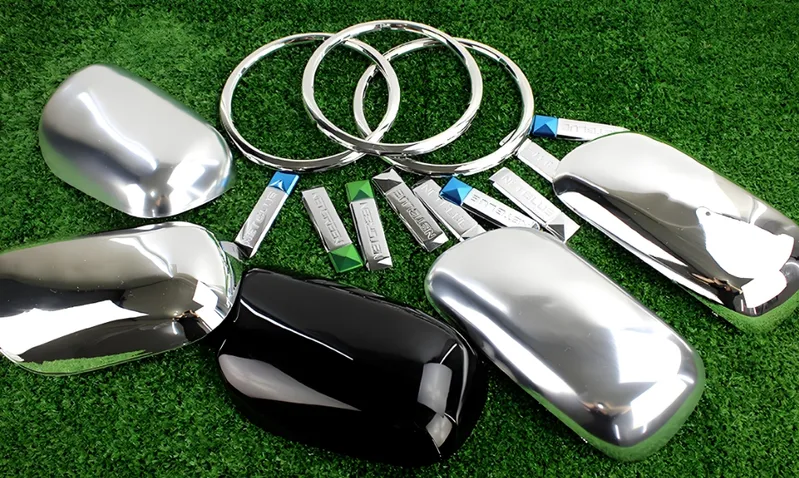
ABS (Acrylonitrile Butadiene Styrene)4 tops the list for plating thanks to its great adhesion, but polycarbonate and nylon can work too with the right tweaks.
| Material | Plating Compatibility | Notes |
|---|---|---|
| ABS | Excellent | Etches well, perfect for plating. |
| Polycarbonate (PC)5 | Good | Needs special surface treatments. |
| Nylon | Moderate | Extra prep steps may be required. |
| Polypropylene (PP) | Poor | Tough to plate due to weak adhesion. |
ABS (Acrylonitrile Butadiene Styrene)
ABS is the star—its surface etches easily, making it a favorite for car parts and electronics housings.
Polycarbonate (PC)
PC can be plated but needs careful prep, like chemical treatments. It’s tougher, so it’s great for things like car lights.
Nylon and Others
Nylon works with extra effort (think primers or special etching). Less common, but handy for specific needs.
Material choice affects plating success.True
Pick the right plastic, and you’ll get a better bond and finish.
What Are the Applications of Plated Injection Molded Parts?
Plated parts pop up everywhere, blending plastic’s lightness with metal’s perks.
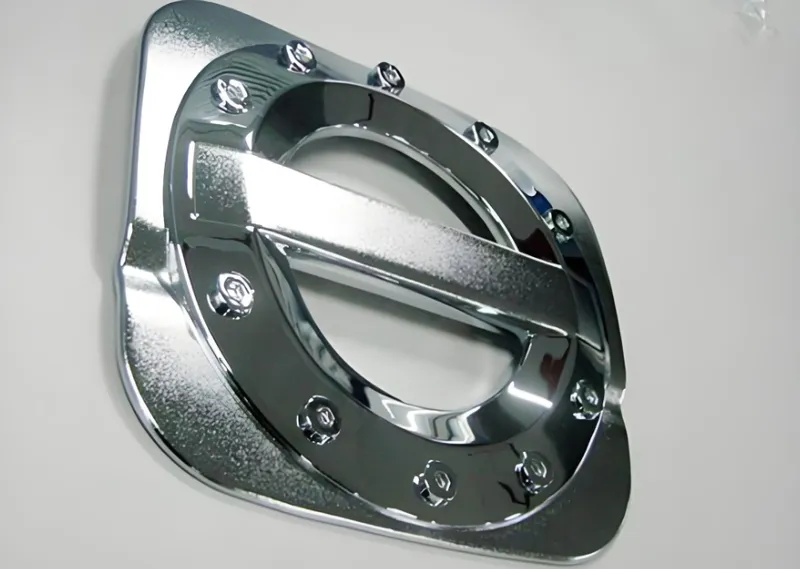
Plated injection molded parts shine in automotive trim, electronics shielding, and consumer goods, offering style and function.
| Industry | Example | Benefits |
|---|---|---|
| Automotive | Chrome grilles, trim | Looks great, resists corrosion |
| Electronics | EMI-shielded enclosures6 | Lightweight, blocks interference |
| Consumer Goods | Shiny appliance finishes | Premium look, tough surface |
Automotive
Think chrome grilles or badges—plated plastic cuts weight while delivering that high-end vibe.
Electronics
Plated enclosures shield devices from electromagnetic interference (EMI) without the heft of metal.
Consumer Goods
From faucets to gadgets, plating gives plastic a luxe metal finish at a fraction of the cost.
Plating’s just for looks.False
It’s not just pretty—it adds conductivity and toughness too.
How Does Plating Compare to Other Finishing Techniques?
Plating’s not the only game in town. Here’s how it stacks up against painting, vacuum metallization, and anodizing.
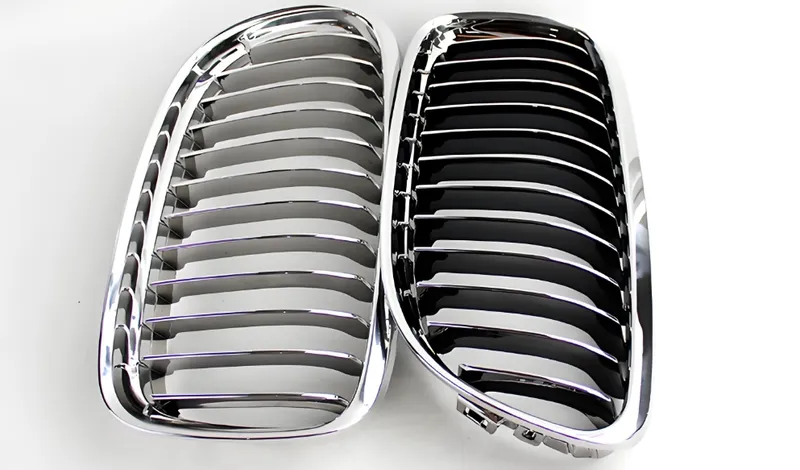
Plating delivers a durable, conductive metal finish, unlike painting or vacuum metallization, which focus more on looks.
| Technique | Pros | Cons |
|---|---|---|
| Plating | Tough, conductive, wear-resistant | Complex, pricier |
| Painting | Cheap, colorful | Wears off, no conductivity |
| Vacuum Metallization7 | Quick metallic look | Less durable, not conductive |
| Anodizing | Hard, corrosion-resistant | Only for metals, not plastic |
Plating vs. Painting
Painting’s cheaper and colorful but can’t match plating’s durability or conductivity.
Plating vs. Vacuum Metallization
Vacuum metallization is simpler for a metal look, but it’s thinner and lacks plating’s strength.
Plating vs. Anodizing
Anodizing toughens metal surfaces—great, but useless for plastic. Plating fills that gap.
Plating gives a real metal layer.True
Unlike other methods, it adds actual metal with functional perks.
What Are the Challenges and Solutions in Plating?
Plating’s tricky, but the hurdles aren’t unbeatable.
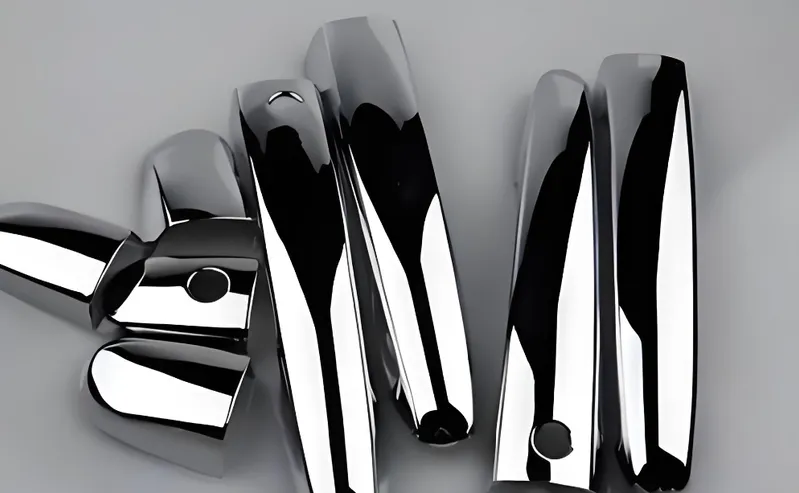
Challenges like adhesion, cost, and coverage can be tackled with proper prep and design.
| Challenge | Solution |
|---|---|
| Poor Adhesion8 | Use ABS, clean and etch thoroughly. |
| High Costs9 | Streamline the process, batch parts together. |
| Uneven Coverage10 | Design simpler shapes, tweak plating settings. |
Poor Adhesion
Metal peeling? Pick compatible plastics and don’t skimp on surface prep.
High Costs
Plating’s pricey—optimize steps and go big on volume to cut costs.
Uneven Coverage
Complex parts can mess up the finish. Keep designs plating-friendly and adjust the process.
Good design cuts plating woes.True
Simple shapes mean better coverage and fewer defects.
Conclusion
Plating injection molded parts is a game-changer, blending plastic’s flexibility with metal’s strength and shine. From cleaning to electroplating, each step matters to get that perfect finish. ABS leads the pack for materials, and the results shine in cars, gadgets, and home goods. Sure, it’s more involved than painting, but the payoff in durability and function is worth it.
-
Explore this resource to understand the intricacies of plating injection molded parts and its applications in various industries. ↩
-
Learn about electroplating, a key process in enhancing the durability and aesthetics of products, crucial for many industries. ↩
-
Discover the significance of a conductive layer in the plating process and how it affects the overall quality and durability of the finish. ↩
-
Learn why ABS is favored for electroplating, including its properties and benefits in manufacturing. ↩
-
Learn about the necessary surface treatments for plating Polycarbonate, ensuring optimal results in your projects. ↩
-
Learn how EMI-shielded enclosures enhance electronic device performance by blocking interference while remaining lightweight. ↩
-
Discover the differences between vacuum metallization and plating to make informed choices for your projects. ↩
-
Explore this link to discover effective techniques for enhancing adhesion in plating processes, ensuring better results. ↩
-
This resource will provide insights on cost-effective strategies to optimize plating processes and save money. ↩
-
Learn about solutions to achieve even coverage in plating, which is crucial for a flawless finish. ↩



